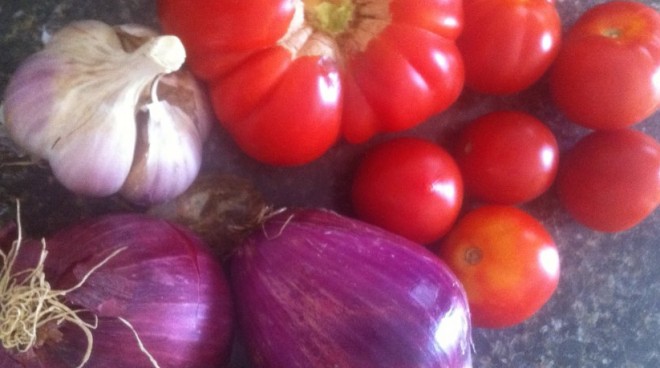It’s been a crazy couple of months. Thank you, my friends, for bearing with me…
Between days of intensive (and therapeutic) gardening, these last few months have been filled unexpected renovations, as well as loss for me and my family, and several of my friends. It has been a time of displacement, uncertainty, and a lack of sleep (to say the least!).
Returning to our home (not fully reno-ed yet), we have been back to cooking for just our family of six. I am also back to my fermenting, and have been experimenting with some new-to-me recipes. One of the staples that I am happy to be making regularly again is milk kefir.
What is milk kefir?
Milk kefir is similar to yogurt, in that it is a fermented milk product made with the help of beneficial bacteria. Kefir differs from yogurt though, because it is made from reusable kefir ‘grains’ (which aren’t actually grains, but are more like the scobys that ferment tea into kombucha).
I love kefir mixed with fresh berries and eaten like a thin yogurt. Our whole family really enjoys kefir as the base of a fruit and veggie smoothie. And I also love using it like buttermilk in pancakes and muffins to make them extra fluffy.
But why bother with kefir when you can just drink or bake with milk? Well, as the title suggests, kefir is a living food.
Almost all milk purchased in North America has been both pasteurized and homogenized. Almost all of the healthy bacteria and enzymes have been destroyed in order to kill any bad bacteria that may be present. At this stage it is a processed food — it is no longer living, and can often do more harm than good to your digestive system.
However, add a tablespoon of kefir grains and 12-24 hours to a quart of room temperature milk, and the profile of this once empty food changes completely! The lactose that causes a lot of people gastro-intestinal problems has been almost completely digested by the bacteria in the grains. What is left behind is a plethora of benificial bacteria in a delicious tangy milk product.
So how do you get started making milk kefir?
First you will need to get your hands on some milk kefir grains. If you know of someone who makes it regularly, chances are they will have some grains to spare, as the grains tend to grow. Otherwise, find a fermenting site online and see if anyone will ship some to you, or order them from a reputable source. I bought mine from Cultures for Health.
Find the highest quality milk that you can. Raw, pastured (grass fed) milk is about the healthiest out there. Even if you buy pasteurized milk, there are still non-homogenized, and pastured milks available if you look for them. If you are going with pasteurized, do not choose ultra-pasteurized, as there are no enzymes left for the grains to work with.
Basic Milk Kefir
1 Tablespoon milk kefir grains
1 quart (4 cups)/ 1 litre high quality cow or goat milk
Instructions
1. Place kefir grains in the bottom of a quart/ litre sized mason jar.
2. Pour 4 cups/ 1 litre of milk into the jar, over the grains.
3. Cover with a tea towel, paper towel, or several layers of cheesecloth, and secure with a string or rubber band.
4. Set jar on the counter for 12-24 hours to allow the grains to ferment the milk.
5. Check milk periodically to determine the thickness of the milk.
6. When the milk is thick, strain the kefir through a plastic colander. Be sure that only plastic, wood, or stainless steel touch the grains – other metals may have a damaging effect on them. Return kefir to the jar and store in the fridge until needed. It will keep in the fridge for 1-2 months.
7. If the milk kefir goes longer than 24 hours or is in a very warm place, it may ferment more quickly, and may divide into kefir curds and whey. It is still completely fine to consume! Shake it up and strain as usual. If it is too thick to strain through a colander, you may need to fish out the grains by hand.
8. If making another batch of milk kefir immediately, place into the same jar or a clean jar, and pour milk over again. There is no need to rinse them or rest them. However, if you do not want to make another batch right away, cover the grains with fresh milk and store in a jar in the fridge. Replace the milk every week or two as necessary.
9. Since kefir is a living food, and our bodies are not often used to consuming living (fermented) foods in high doses, start by consuming only a couple of ounces (1/4 cup) for several days. Slowly work up to one cup a day.



